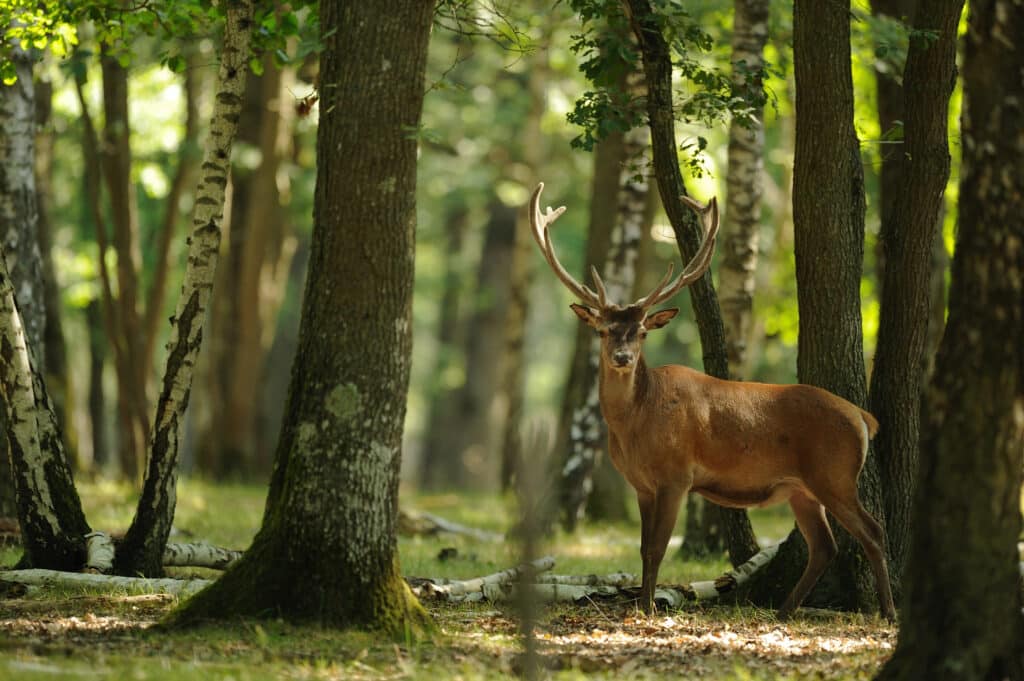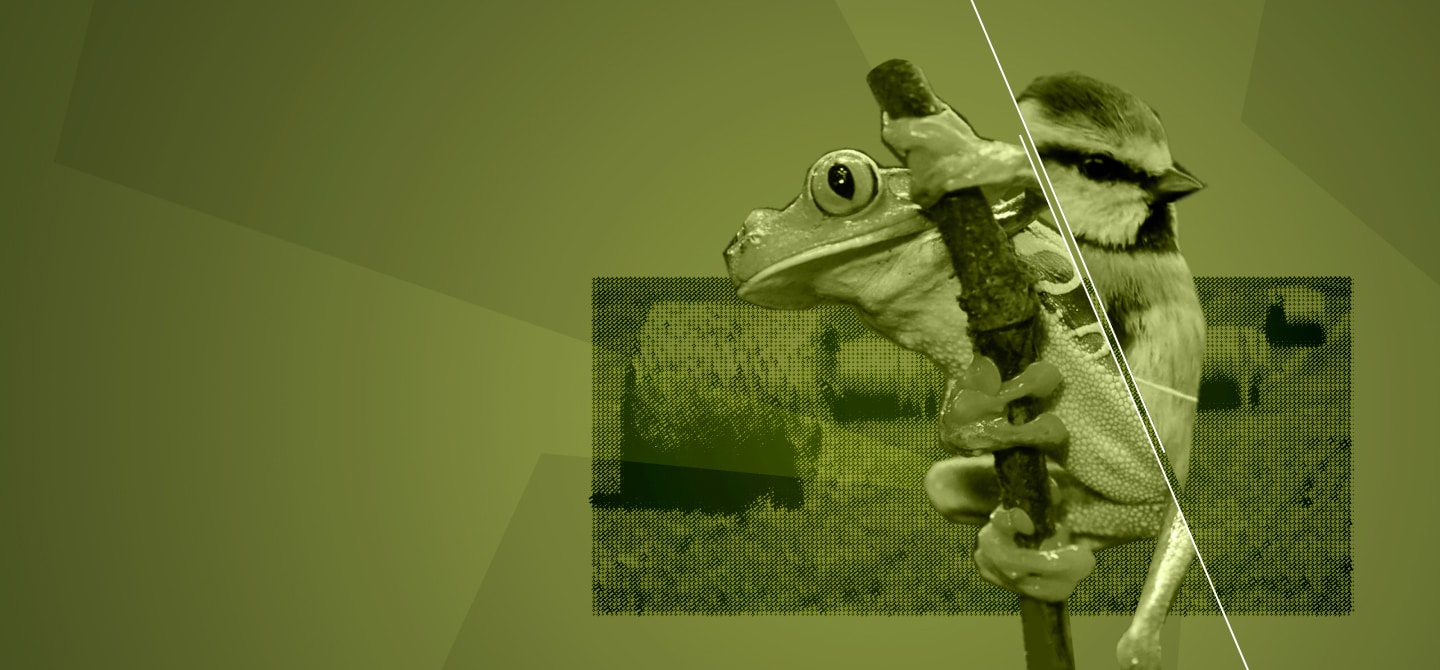Biodiversity is entering its 6th mass extinction, the first to be caused entirely by a single species: mankind. A mass extinction is defined as the loss of more than three quarters of species in a short geological time span. Current extinction rates are the fastest ever observed1. And it is now clear that this extinction concerns a large proportion of living organisms: birds, mammals as well as invertebrates, which are disappearing at even faster rates2.
While protecting biodiversity is necessary, it has not been enough, and restoring degraded ecosystems is now essential3. This is not a new observation: the United Nations has adopted a resolution declaring the decade 2021–2030 to be the decade of ecosystem restoration4. After several years of scientific debate, the concept of “rewilding” is becoming a new flagship tool for protecting nature.
“Rewilding became fashionable at the end of the 1990s and has exploded since the 2010s at a time when the protection of biodiversity is becoming increasingly technocratic” explains Simon Chollet. In 1998, two American ecologists published their first article5 mentioning the concept of rewilding. The approach was based on three key elements: large reserves that were strictly protected, interconnected and in which key species were reintroduced. “At that time, we understood that many ecosystems were controlled by a few “key” species,” explains Simon Chollet. The leading example was the reintroduction of the wolf into Yellowstone National Park (United States) in 1995, 70 years after its disappearance. The interaction of this predator with certain prey triggered a cascade of reactions6, affecting the entire ecosystem and even transforming landscapes.
A concept centred around biodiversity
Since then, the definition of rewilding has evolved, culminating in a consensus in 20217. “Rewilding centres on the notion of the autonomy of natural processes, in contrast to the current effects of human activity, which annihilate the autonomy of nature,” states Simon Chollet. Offering nature the chance to restore itself is a real innovation in the field of biodiversity protection8. Clémentine Mutillod explains: “The aim of rewilding is to restore a degraded ecosystem to its original functions. Unlike other protection approaches such as ecological restoration, rewilding does not focus on species, particularly rare and protected species: the specific composition of the ecosystem can change as long as its functions are restored. This allows us to take the dynamics of living things into account.”
Faced with the impact of human activity – including climate change – the concept is very appealing. “The initial idea was not linked to climate change,” points out Clémentine Mutillod. “But today, many scientists believe that rewilding could help biodiversity to cushion the effects of climate change.” Another advantage is that it gives biodiversity back its rightful place, placing it on an equal footing with humanity. “Historically, this concept appealed to those involved in protecting biodiversity, who were fed up with the notion of “service”,” points out Simon Chollet. Ecosystem services – the services that ecosystems provided to humanity, guaranteeing its well-being and development – have been used in recent years to justify the importance of protecting nature.

Today, however, many of the arguments put forward by scientists depart from this anthropocentric vision, in which nature is there solely to serve us. Simon Chollet has no shortage of arguments: “For the first time in four billion years, a single component of biodiversity (humans) is leading to the decline of all living things. Halting this phenomenon is a moral and ethical responsibility, which is the main reason why we need to protect nature.” He continues: “Of course, nature is useful to us: without it, we couldn’t live, because it provides us with so much, particularly our food via pollinators. But its usefulness does not justify reducing it to a service, and nature should not be considered simply as a provider for our activities.”
The ecological solution, or not?
So how can nature be restored through rewilding? There is no one single answer, and many different approaches exist. They fall into two broad categories: passive approaches involve removing as much human pressure as possible. These have been developed by forest managers, in particular, through the use of strict biological reserves since the 1960s – even before the concept of rewilding had been defined! In active approaches, humans always intervene, for example by reintroducing certain predatory species. Some even take the concept to extremes: as rewilding aims to restore the initial functions of a degraded ecosystem, scientists (notably American and Russian) are imagining restoring functional ecosystems from the Pleistocene, the geological era preceding our own (-2.58 million to ‑11,700 years ago). These ecosystems were completely disrupted by the disappearance of certain mega-herbivores (mammoths, for example), which were hunted by humans.
“Rewilding is only rarely applied at the moment, but it is one of the conservation approaches that scientists and conservation managers are most interested in,” says Simon Chollet. It is sometimes difficult to reconcile the consequences of rewilding with local populations. The approach often requires large areas free of any human activity, which can trigger disputes over land ownership. And the reintroduction of large predators in active approaches can lead to collisions with cars or damage to nearby livestock. “So far, there has been little evaluation of the effectiveness of rewilding, unlike other approaches such as ecological restoration,” explains Clémentine Mutillod. “The results depend a great deal on the context, but on the whole the experiences have been fairly positive in terms of restoring the degraded ecosystem. Simon Chollet adds: “It’s not a miracle solution, but certain results are well established, such as the beneficial role of predators and large herbivores on biodiversity.” While rewilding is not the new standard for protecting biodiversity, it is becoming a complementary approach to the historical methods used in land management.









